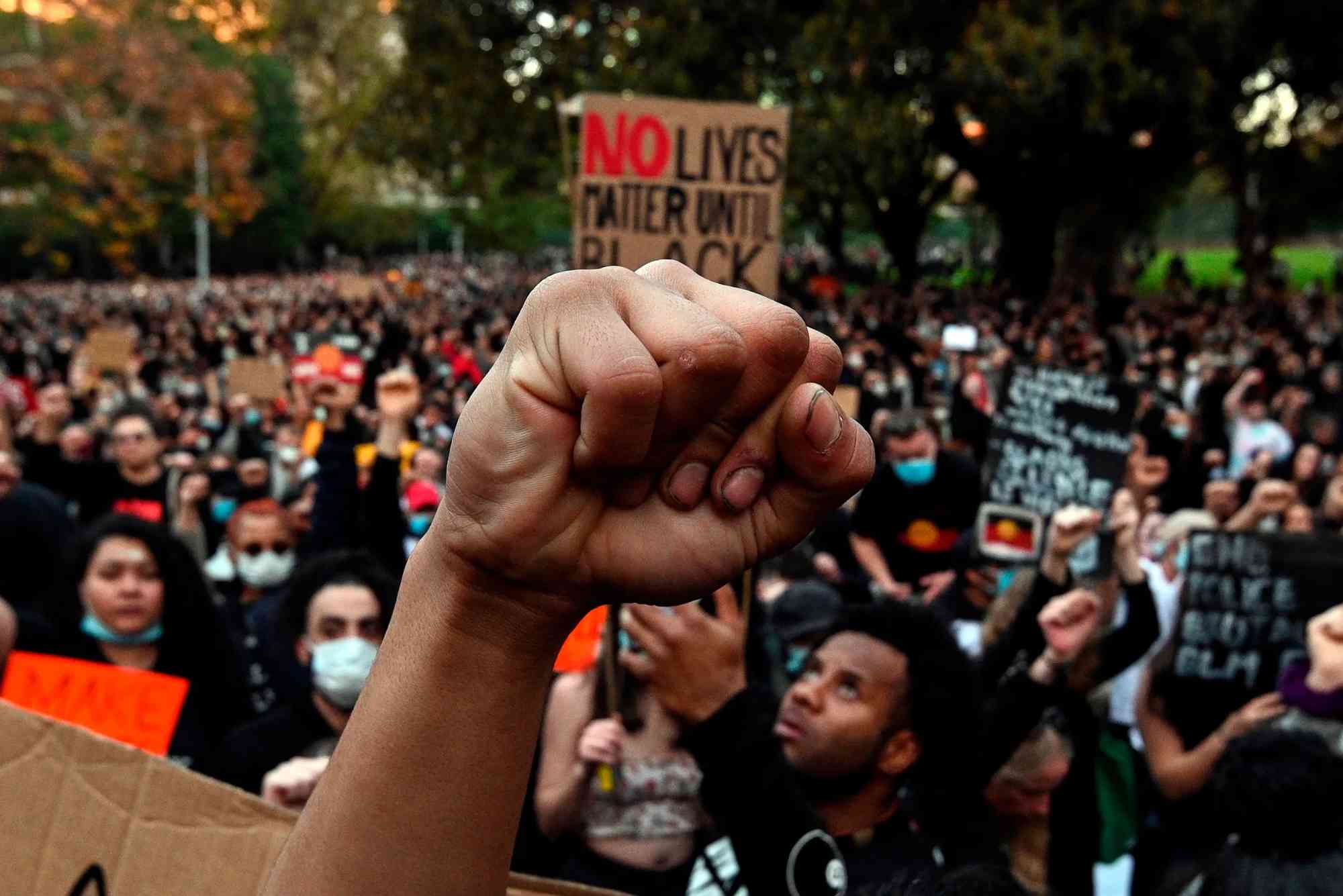Introduction
The study of Indigenous societies offers a rare lens through which we can explore the foundations of justice, morality, and conflict. A significant contribution to this field comes from anthropologist Christophe Darmangeat, whose criticism of justice and warfare in Aboriginal Australia challenges romanticized portrayals of pre-colonial Indigenous life. His analysis questions whether peace and egalitarianism truly defined Aboriginal communities or whether violence and social control played a deeper, more nuanced role.
In this article, we explore Darmangeat’s critical approach, shedding light on the realities of warfare, conflict resolution, and justice systems in Aboriginal Australia. We’ll navigate through the layers of anthropology, history, and ethics, offering a balanced view grounded in academic insight and Indigenous perspectives.
Understanding Aboriginal Australia Before Colonization
Before European contact, Aboriginal Australia was home to hundreds of distinct language groups and cultural systems. These societies were not politically centralized but functioned through kinship, oral tradition, and collective memory. While often portrayed as peaceful and egalitarian, emerging evidence and scholarly interpretations suggest a more complex reality.
Kinship and Customary Law
Kinship structures governed daily life, marriage, inheritance, and conflict. These systems held communities together and offered frameworks for justice.
Oral Tradition as Legal Record
Without written law, Aboriginal justice depended on oral storytelling, ritual, and shared memory to enforce social norms and responsibilities.
Darmangeat’s Perspective: A Critical Reassessment
Christophe Darmangeat, a French anthropologist and social theorist, approaches Aboriginal societies from a Marxist-anthropological framework. His criticism of justice and warfare in Aboriginal Australia confronts idealistic narratives that paint Indigenous societies as devoid of violence or domination.
Challenging the Myth of the Peaceful Savage
Darmangeat challenges the “noble savage” myth — the idea that Indigenous groups lived in harmony without war. He draws from historical accounts, anthropological records, and archaeological findings to argue that violence was present and even institutionalized in certain contexts.
Justice as Social Control
According to Darmangeat, Aboriginal justice wasn’t always based on fairness or reparation but often functioned to reinforce social hierarchies or collective control. Punitive practices, including spearing and exile, served to deter behavior rather than rehabilitate offenders.
Warfare in Aboriginal Australia: Context and Causes
Warfare among Aboriginal groups wasn’t driven by conquest or territory in the modern sense, but it was far from absent.
Causes of Conflict
Darmangeat identifies several sources of conflict in Aboriginal Australia:
-
Revenge killings or payback justice
-
Disputes over women or marriage rights
-
Resource access during droughts or scarcity
-
Spiritual or ritual grievances
These motivations often led to intergroup skirmishes, raids, or ritualized battles.
Ritualized Violence and Combat
In many cases, warfare followed specific rules. Ritual battles, sometimes resembling duels, were fought with limited intent to kill. However, serious violence also occurred, especially during revenge killings.
Justice Systems: Communal Enforcement and Retribution
The Role of Elders and Tribal Councils
Elders played a crucial role in arbitrating disputes. Their authority was grounded in wisdom, age, and cultural knowledge. However, Darmangeat notes that their decisions could reflect internal power dynamics rather than impartial judgment.
Spearing and Payback
One of the most studied punitive practices was payback spearing — a ritual act of retribution meant to settle serious offenses. While some saw it as justice, Darmangeat viewed it as social control that could sometimes lead to escalation rather than resolution.
Critical Insights: Ethics and Objectivity
Darmangeat’s criticism of justice and warfare in Aboriginal Australia emphasizes the need for objectivity when evaluating Indigenous societies. He warns against both glorification and demonization.
Avoiding Romanticization
Idealizing Indigenous cultures as inherently peaceful can erase the lived realities and struggles faced by these communities. It also risks ignoring the complexity of their legal and moral systems.
Recognizing Cultural Integrity
At the same time, Darmangeat respects the cultural logic behind Aboriginal practices. His critique is not about moral condemnation but about understanding how these systems functioned within their historical and environmental contexts.
Comparing Aboriginal Justice to Western Models
Retributive vs. Restorative Justice
While Western systems often emphasize codified laws and incarceration, Aboriginal justice leaned toward restitution, collective decision-making, and maintaining balance. Darmangeat’s view is that while these systems differed in form, both relied on social norms and power structures to function.
Law Without a State
Aboriginal Australia lacked formal police or prisons, yet maintained order through ritual, kinship, and community enforcement — a unique model that challenges conventional definitions of justice.
Impact of Colonization on Indigenous Justice
Colonization severely disrupted Indigenous legal systems. Travel Neon British authorities imposed foreign laws without recognizing traditional practices, often criminalizing cultural rituals such as payback or ceremonial justice.
Darmangeat’s work underscores how colonial suppression of Aboriginal law systems contributed to long-term social and legal marginalization.
Relevance Today: What Can We Learn?
Re-evaluating Our Understanding of Justice
Darmangeat’s criticism of justice and warfare in Aboriginal Australia forces us to re-examine what justice means in non-Western societies. It invites modern legal thinkers and anthropologists to consider pluralistic systems of law and the dangers of universalizing Western ideals.
Applying Indigenous Wisdom in Modern Systems
Despite criticisms, Aboriginal justice practices like circle sentencing and mediation by Elders are being revived and integrated into Australia’s justice system, offering community-centered alternatives to incarceration.
Frequently Asked Questions (FAQs)
Were Aboriginal Australians truly peaceful before colonization?
No. While Aboriginal societies emphasized harmony, conflicts including revenge killings, raids, and warfare did occur, as Darmangeat discusses.
What is payback in Aboriginal justice?
Payback is a traditional form of retribution, often involving spearing or other rituals, used to avenge serious wrongs or deaths.
How did Aboriginal law work without police or prisons?
Justice was enforced communally through kinship roles, ritual, and Elder authority. Offenders faced punishments like spearing, exile, or restitution.




